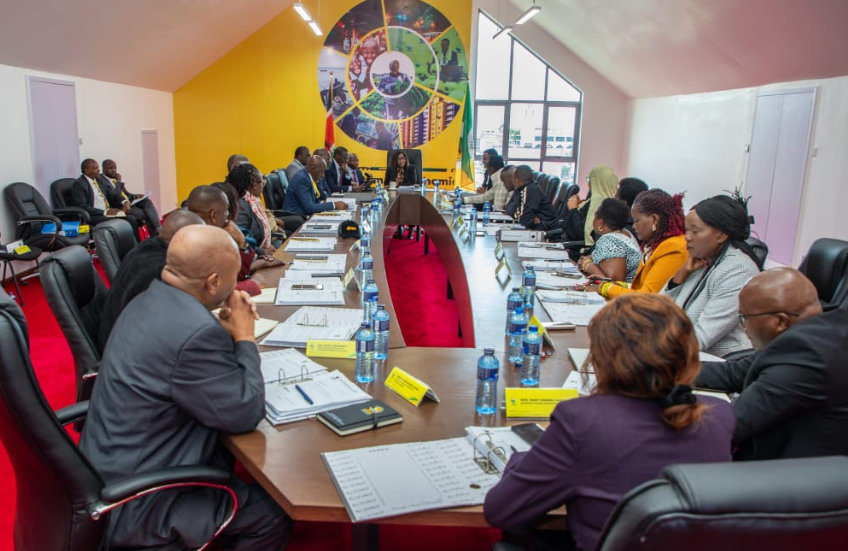Following Rigathi Gachagua’s impeachment, the ruling United Democratic Alliance (UDA) has announced plans to expel him from the party and appoint Deputy President Kithure Kindiki in his place. This development highlights the ongoing instability in Kenya’s political organisations. Since Kanu’s ouster in 2002, no ruling party has retained power for more than five years, with parties continually splintering and reforming each election cycle.
In 2002, Mwai Kibaki won under the National Rainbow Coalition, only to switch to the Party of National Unity in 2007. Similarly, in 2013, The National Alliance (TNA) of Uhuru Kenyatta and William Ruto’s United Republican Party (URP) joined forces to form a government, but by 2017, they had dissolved these parties to create Jubilee, which quickly weakened when the two leaders clashed before the 2022 elections, paving the way for UDA.
Both Jubilee and UDA were established with aspirations to emulate the Communist Party of China (CPC). Party officials have travelled to Beijing to learn from the CPC, yet they have failed to instill CPC-like values or structures. Given the irreparable rift between President Ruto and Gachagua, it is likely that Ruto may defend his seat in 2027 under a new party, potentially marking the end of UDA’s ambition to mirror the CPC model.
Corruption cases in the administration highlight the challenges Kenya’s political parties face in replicating the CPC’s approach to governance. During a meeting on October 28, President Xi Jinping emphasised the CPC’s commitment to eradicating corruption at its roots, a goal Kenyan leaders could aspire to, yet UDA remains conspicuously silent on anti-corruption efforts, hindering service delivery to Kenyans.
While Kenyan political leaders have frequently benchmarked in China to understand how the 103-year-old CPC has maintained cohesion and governance without fracturing into new parties, they have failed to adopt CPC’s ideologies. Kenyan parties tend to view political power simply as a means to win elections.
The CPC’s structure is notable for decentralisation; despite President Xi’s leadership, power and decision-making authority extends down to the “Street Committee” level, allowing party members at the grassroots to relay issues for consideration by the CPC Central Committee and Politburo. This contrasts with Kenya, where party branches have minimal authority, unable to act without national office approval. Party elections are also infrequent and contentious; Jubilee dissolved before holding elections, ODM’s 2016 elections were disrupted, and UDA’s recent attempts were inconclusive. Kenyan parties are often built around personalities rather than enduring ideologies, making them susceptible to collapse.
In China, senior government roles require individuals to undergo rigorous training at the Central Party School, where they study politics, economics, sociology, and international relations with a Chinese perspective to deepen their practical understanding of CPC policies in what has been described by Chinese scholars as “CCPology’’. CCPology is the study of CPC. In Kenya, however, party membership is often seen as a temporary vehicle for personal advancement. The Constitution only requires the President and Deputy President to be affiliated with a political party, encouraging political figures to move from one party to another as they seek power.
The CPC’s success lies in its leadership and people-centered focus, while Kenyan parties tend to centre on tribal allegiances, leading to governance issues and the frequent formation of new political parties.
– The Writer is a Journalist and Communication Consultant




















